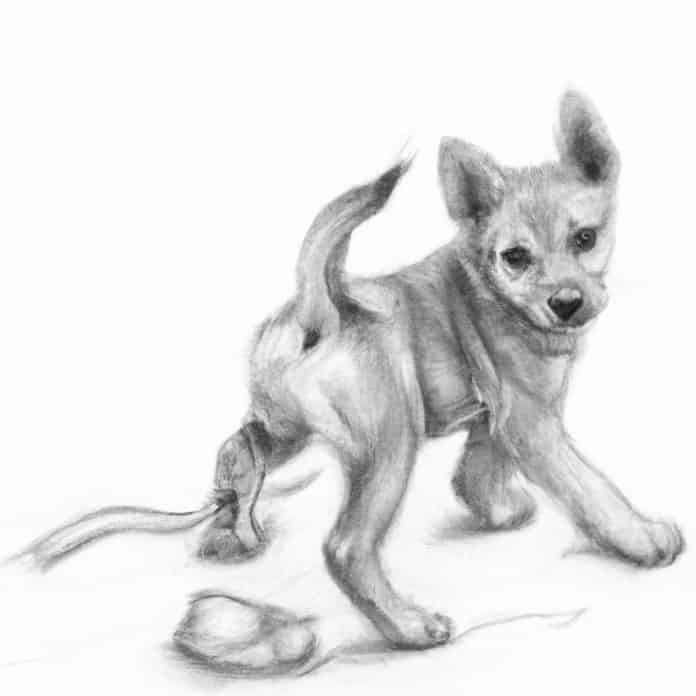Dear VetBabble: What Should I Do If my Puppy’s Tail is Injured During Play?
Understanding that our dear furry friends can occasionally have rough-and-tumble moments can be alarming for us pet parents. The concern here is for a puppy whose tail was bitten during play with another puppy, resulting in discomfort and concern about what to do. To address this, let’s break it down into a friendly, informative guide for all pet owners who may find themselves facing similar predicaments.
Initial Assessment After The Injury
First, it’s crucial to remain calm. Panic can exacerbate the situation. Start by gently but thoroughly inspecting the injured tail. Confirm if there’s a visible wound or not. Puppies can indeed be very sensitive to pain, and sometimes, their immediate reaction might be more surprising than the actual injury. Basic First Aid for Dogs offers a comprehensive guide on how to handle such situations.
Home Care For Wounds
Once you’ve confirmed a wound, the next step is judicious cleaning. Use lukewarm salty water – known for its organic, disinfecting properties. This process helps to prevent any infection and promotes healing. More extensive instructions about home treatment of your dog’s wounds can be found in our article How to Treat your Dog’s Wounds at Home.
A related concern is the risk of nail damage during these rough play times. It’s not only engaging in play-fights that poses a risk for nail injuries, but daily routines too. Taking necessary precautions can be effective in preventing such incidents and ensuring the overall well-being of your pet. We recommend reading How to Prevent and Treat a Broken Nail on a Dog for a detailed insight into this matter.
Further Observation and Professional Help
After the initial treatment, keep a close eye on your little companion. Monitor their behavior, the wound, and any potential change in their tail’s movement. If the pup still seems to be in pain after a couple of hours or the wound doesn’t appear to be healing, it’s time to consult with your vet.
Even with the best home treatment, professional help may be needed in some cases. For example, you may observe that your pup is limping, which could indicate a more severe issue. Our article Why Is My Dog Limping? When to Worry and What to Do may provide you with valuable insight and guidance on when it might be crucial to seek professional help. Always remember, when in doubt, it’s better to be safe and contact your vet.
In conclusion, handling injuries may be a part of having a pet, but with patience, care, and the right knowledge, we can ensure our pet’s swift recovery. Remember: a peaceful, loving environment also promotes healing, so patience and empathy go a long way.









